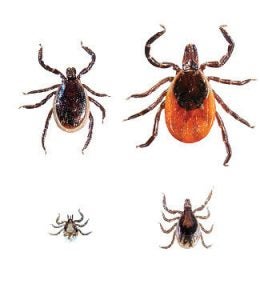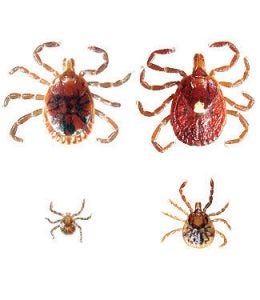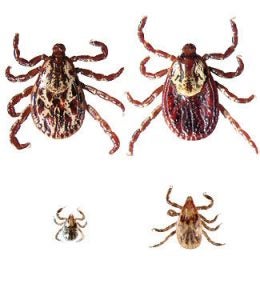It’s summertime. When the day ends, you’ve likely spent some time outside. Maybe you worked outside or had dinner on the deck. Perhaps you hiked or took a walk with your dog. Now there’s a tick on your arm.
 URI’s “TickGuy,” Professor Thomas Mather, is ready to help. Director of the TickEncounter Resource Center, and co-creator of its popular TickEncounter website, here’s his expert advice.
URI’s “TickGuy,” Professor Thomas Mather, is ready to help. Director of the TickEncounter Resource Center, and co-creator of its popular TickEncounter website, here’s his expert advice.
If you find a tick on yourself or someone else, follow these steps:
- Disinfect the bite area with rubbing alcohol before removing the tick.
- Using pointy tweezers, grab the tick at or just above the head and pull firmly but slowly upward to avoid breaking the tick. Remember, regular household tweezers aren’t the right tool for removing ticks. Use pointy tweezers.
- Disinfect the bite area again with rubbing alcohol.
- Save the tick so that you can identify and, if necessary, have it tested for disease. Not every tick is carrying disease, but any tick could be. It’s important to correctly identify any tick found biting you.
For information and help identifying the tick, and directions for testing, go to tickencounter.org
Prevent and Avoid Ticks |
|||
|---|---|---|---|
| Treat your yard, clothing, and shoes with tick repellent. | Protect your pets with tick repellent and vaccinate them against Lyme disease. | Perform daily tick checks on yourself, your children, and your pets. | Learn what kinds of ticks are active where you live, and which ones transmit disease. |
Some of the most commonly found ticks in the Northeast

Adult male | Adult female
Blacklegged or deer tick

Adult male | Adult female
Lone Star tick

Adult male | Adult female
American dog tick
